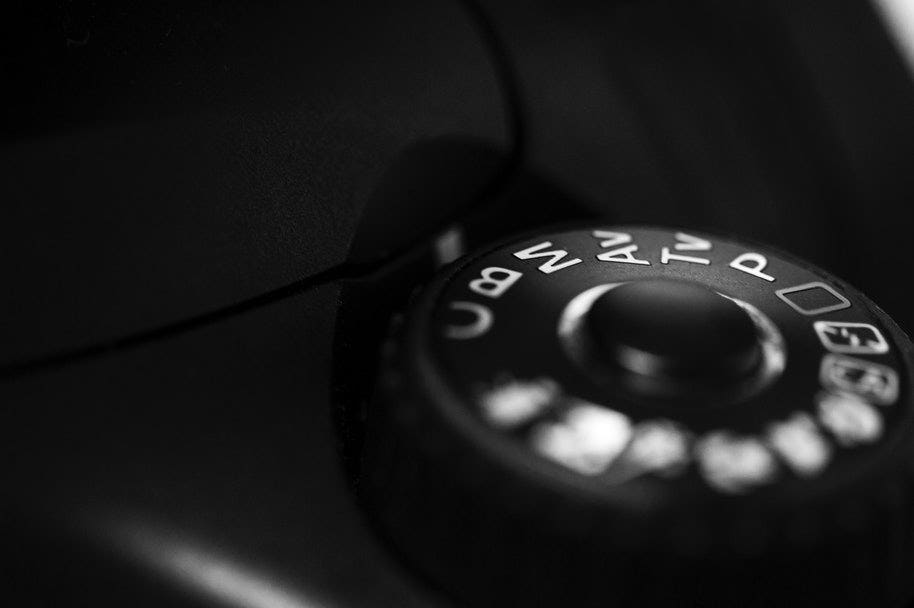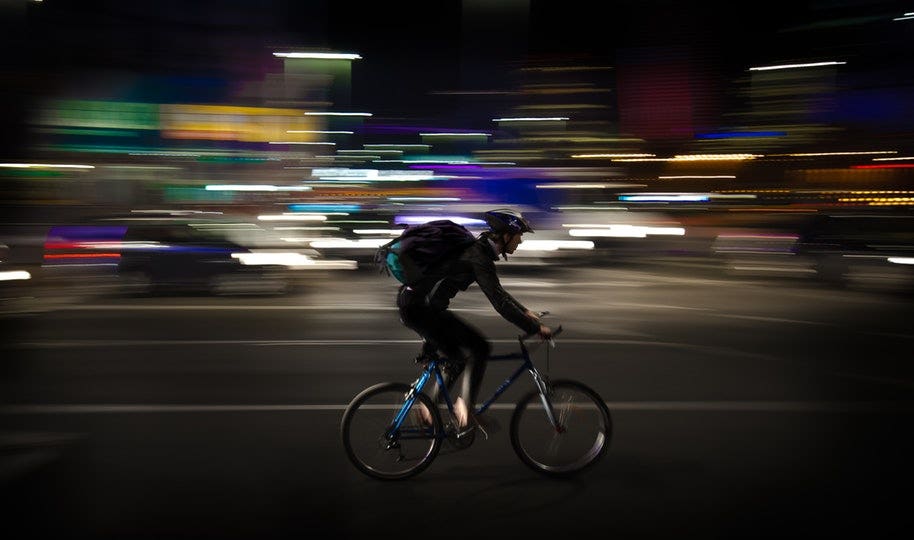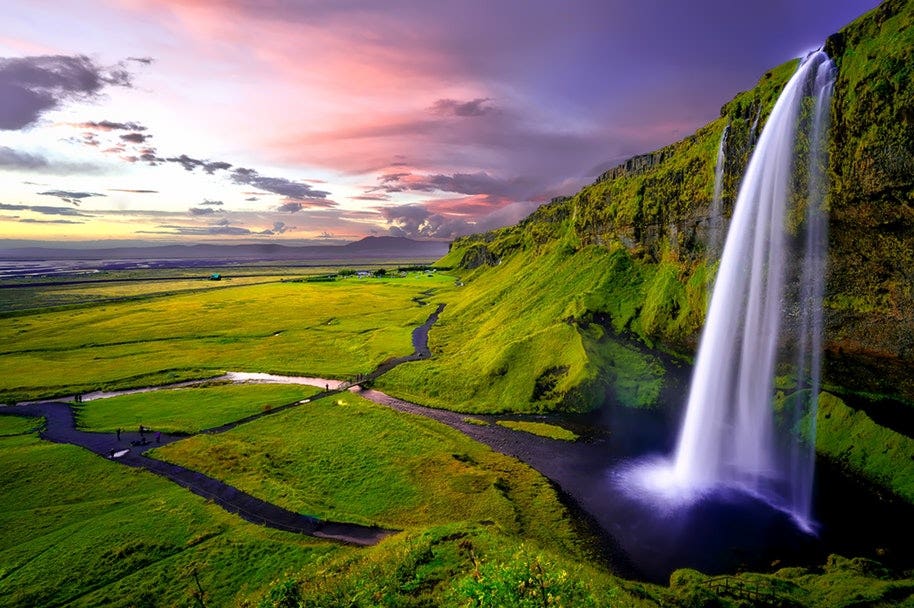
Shutter speed is one of the three factors of a camera (alongside ISO and aperture) that help determine your camera’s exposure settings.
Depending on how you use your shutter speed, it has two predominant purposes: to affect the brightness of a photo and to create dramatic effects related to movement.
Want to know how to harness shutter speed to dramatically change your photos? Read on to learn more about exactly what shutter speed is, how it’s measured, and how you can use it for different creative shots.
Shutter speeds: a definition
To explain shutter speeds in photography, you need to understand what your camera’s shutter is. It’s the curtain in front of your camera sensor that determines how long your sensor is exposed to a scene.
The camera shutter stays closed until you press the shutter button, at which point it opens up and exposes the sensor to the light passing through the camera’s lens. After a predetermined time, it closes again.
That time - the length of time the shutter is open - is called the shutter speed.
How to understand shutter speed settings

On your camera, shutter speed is measured in seconds or, more commonly, fractions of a second. For example, a shutter speed of 1/4 means the shutter is open for a quarter of a second. A shutter speed of 1/250 means the shutter is open for four milliseconds.
These days, modern DSLRs and mirrorless cameras are capable of shutter speeds as fast as 1/8000th of a second. The slowest a camera’s shutter speed can go is generally about 30 seconds.
Shutter speeds typically double in speed as they go up or down. So you’ll normally have the choice of 1/500, 1/250, 1/125, 1/60, 1/30, 1/15, and so on.
Most of the time, you’ll probably stick with a shutter speed of about 1/60th of a second or faster. Any slower than this and your camera could capture the movement - or shaking - of your camera while the shutter is open. This will result in a blurred image.
Shutter speed and exposure
Most of the time, you’ll only use your shutter speed to perfect the exposure of an image. On sunny days, you’ll want a faster shutter speed - one that lets in only a small amount of light so your image doesn’t end up being overexposed.
But at night and in dark locations, your shutter speed should be longer so more light can reach the sensor.
If you tend to operate your camera on the automatic or aperture priority settings, you don’t need to worry about your shutter speed at all - your camera will automatically calculate it based on the conditions in the scene.
But there are times when you will want to take control of your shutter speed, either by switching to the Shutter Priority mode in your camera or by using manual mode.
For many photographers, they will opt for the Shutter Priority or manual settings when they want to portray movement creatively.
How to use your shutter speed for creative effect

Your shutter speed settings have many creative uses, from freezing the action to portraying movement with blurring the subject or the background (in a creative technique we call panning).
A fast shutter speed can freeze-frame action for dramatic effect. Capture a gymnast or a snowboarder crisply and sharply midway through a flip in the air. Freeze a water drop about to fall from a leaf.
Slow shutter speeds, on the other hand, can help you create a sense of movement. This is popular when you want to capture the speed of sports cars, animals, or any other moving subjects.
Slow shutter speeds are likewise popular among nature photographers for capturing the movements of rivers and waterfalls by making them look silky smooth while everything around them is crisp and sharp.

At night, slow shutter speeds can capture the full wonder of the night sky - but you’ll need a tripod and even an external remote shutter if you want to avoid camera shake and blur.
In fact, a tripod is generally essential if you want to slow your camera speed down much beyond 1/60th of a second. Although many cameras come with image stabilisation today, a tripod (coupled with a remote shutter) reduces the risk of camera shake and blur during a scene.
Shop online for a quality tripod today.
It’s also important to remember that lenses with longer focal lengths will accentuate the degree of camera shake. A simple formula to live by is to keep your camera speed measurement above the focal length of the lens. So for example, with a 50mm lens, your shutter speed shouldn’t dip below 1/60th of a second. For a 400mm lens, the ideal shooting speed would be about 1/500.
Wrap your head around camera exposures
Shutter speed can be impacted by the other two exposure tools in your camera. Learn more about ISO settings and aperture settings on your camera today or visit us at your local Camera House store to chat with our team of enthusiastic photographers.
